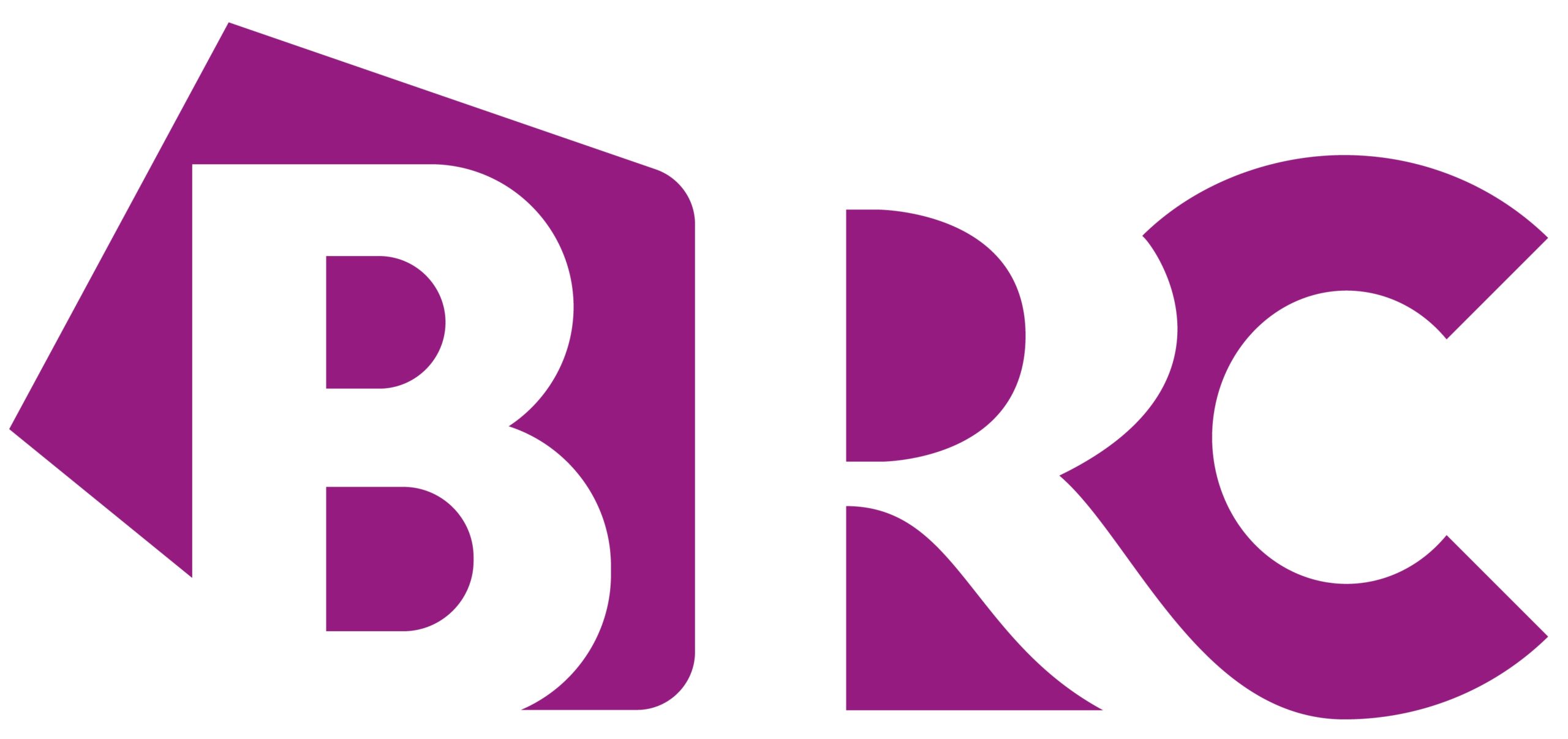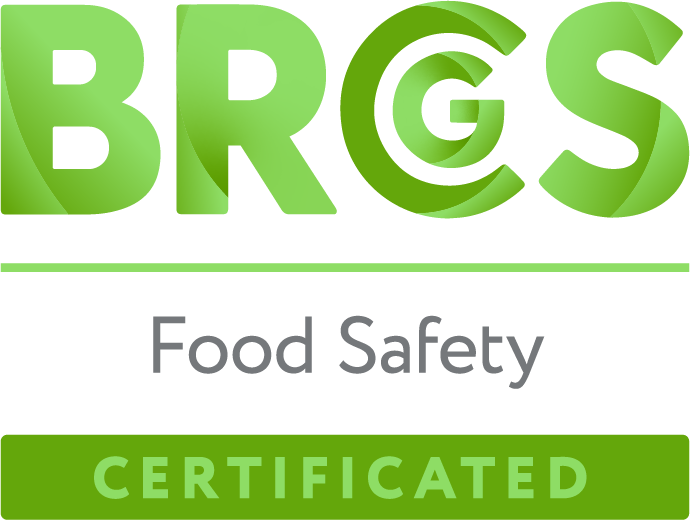BRC Meaning: What Does BRC Stand For & Its FIBC Impact
The food industry follows specified regulations, known as the BRC Standards.
By extension, manufacturers of food-grade FIBCs also obey these standards to maintain product safety and quality.
So, in addition to discussing the BRC meaning, we’re going to explore its impact on the FIBC industry.
BRC Meaning: What Does BRC Stand For in the Food Industry?

BRC stands for the British Retail Consortium. This UK-based organization issues global standards of safety and quality across industries through protocols and guidelines. This is important since food safety guidelines protect everyone in the supply chain, from consumers through to brands.
What Does BRCGS Stand For?
BRCGS stands for British Retail Consortium Global Standards. About 23,000 companies follow the BRC global standard for food safety because it is the international model for food safety management systems. This certification ensures that all quality, operational criteria, and safety meet the same high standards for retail service production.
In 2019, the BRC rebranded its logo and name to BRCGS to incorporate its standards into the title.
What Is the Difference Between BRC and BRCGS?
The main difference between BRC and BRCGS is their definitions. When referring to the BRC, it defines the entire UK organization responsible for the certification process, regulated by the GFSI (Global Food Safety Initiative). When referring to the BRCGS, it recognizes the brand that companies follow for standard food safety and quality.
What Is the BRC Certification? Our BRC Certification Meaning
The BRC certification is a credential required by the BRCGS. With a BRC certificate, a company can demonstrate that its day-to-day operation lives up to the standard levels of safety and quality. The BRC certificate gives value to the company, placing trust in its products.
What Is Required for BRC Certification?
To be considered for BRC Certification, a company must follow the standard requirements divided into eight sections. There are several requirements, including having a commitment to improve, a thorough food safety plan, self-auditing, high hygiene standards, and more. All in all, you need to ensure safety and cleanliness to make certification.
Why Is BRC Certification Required?
A BRC certification ensures that the company or organization provides safe products and lets the customers know that maintaining quality is the number one priority. Not only does the BRC certificate guarantee specific procedures and guidelines to be followed, but manufacturers are compliant with legal responsibilities to protect the customer.
BRC Global Standards
These are the eight BRC Global Standards a company must fulfill to qualify for a BRC certification:
Senior Management Commitment
The senior manager is in charge of demonstrating their commitment to the Global Standards and improving food safety and quality management for the company.
According to the BRC standards, the senior manager upholds the following responsibilities:
- Define and maintain a clear path for the development and continuous improvement of food safety and quality culture
- Communicate clear objectives that maintain and improve the safety, legality, and quality of manufactured products
- Attend management review meetings to discuss company performance (complaints, feedback, incidents, etc.) and point out areas for improvement
- Host monthly meetings to discuss rising issues that threaten food safety, legality, integrity, or quality
- Provide human and financial resources required to produce food safely and in compliance with the standards
- Ensure root causes of non-conformities against the BRC standard identified in a previous audit are addressed to prevent a recurrence
HACCP
The BRCGS Food Safety requires the development of a hazard analysis and critical control point (HACCP) program.
This BRC regulation focuses on the significant food safety hazards that require specific control to ensure the safety of individual food products, including those in relation to food grade plastic.
To comply with BRC standards, the HACCP Food Safety Team monitors the program with these responsibilities:
- In-depth knowledge of Codex HACCP principles, relevant knowledge of products, processes, and associated hazards
- Maintain a list of descriptions for each product or group of products with all relevant information concerning food safety (composition, packaging system, shelf life, etc.)
- Describe the intended product use by defining the consumer target groups and the suitability of the product for vulnerable groups
- Create a flow diagram that showcases the entire food process operation, from raw materials to storage and distribution
- Identify and record potential hazards at each step concerning the product, process, or facility
Food Safety and Quality Management System
This BRC standard ensures company policies meet customer expectations and trains staff to continue consistent production.
For this system to properly function, these credentials promise adequate performance:
- Procedure to manage documents that form part of the food safety and quality system
- Scheduled program of at least four internal audits, with dates spread throughout the year’s quarters
- Documented risk assessments of each raw material or group of raw materials (primary packaging included) to identify potential risks to a product’s safety, legality, and quality
- Documented process for ongoing supplier performance, based on risk and defined performance criteria
- Demonstrate that outsourced services are appropriate and that any food safety and quality risk controls are in place
- Documented traceability procedure to track products throughout the processes
- System handles customer complaints effectively, and the compilation of data analyzes for possible improvements
Site Standards
The expectations for the building/construction, production environment, layout, and maintenance must be suitable to assure hygienic conditions throughout the food production and handling areas.
These BRC requirements are required:
- Company building is maintained to reduce contamination risks and facilitate the production of safe and legal finished products
- Documented risk assessment plans to protect products from any deliberate attempts to inflict contamination or damages
- Detailed map layout defining access points for personnel, waste removal routes, and additional locations for staff facilities
- Sufficient working space that enables all operations to be carried out properly under hygienic conditions
- Floors are suitably hard-wearing to meet the demands of the process and withstand various cleaning methods
- Machinery and piping arranged so wastewater routes directly to a drain
- Adequate ventilation to prevent condensation or excessive dust
- Workstations are well-maintained and cleaned with appropriate tools and equipment
- Risk-based environmental monitoring programs placed for pathogens or spoilage organisms
- Pest management program to minimize risks of infestation and resources
Product Control
Product design and development processes assure that safe and legal products are produced.
To maintain proper control over products, these BRC codes are essential:
- Routine trials that check the products’ quality and determine shelf life
- Labels made to meet legal requirements and inform the customer about how to handle, display, store, and prepare the product safely and about its general use
- Systems in place so all product descriptions are legal, accurate, and verified
- Mandatory inspections to corroborate product safety, legality, integrity, and quality
Process Control
Establishing and maintaining safe process controls, weight/volume control, and equipment calibration ensure the documented HACCP plan is put into practice.
These codes are generally required to fulfil this BRC standard:
- Process monitoring (temperature, time, pressure, chemical properties) is implemented and controlled to ensure the product is produced within the required specifications
- Documented checks of the production line to ensure they are suitably cleared and ready for production
- A quantity control system that meets the legal requirements of the country the product is produced in
- All identified measuring devices are checked and adjusted when necessary
High-Risk, High-Care, and Ambient High-Care Production Risk Zones
This section of the BRC standard deals with products at risk of pathogenic contamination.
The following responsibilities are expected:
- Site map includes zones where the product is at different levels of risk from contamination
- Sufficient changes of filtered air throughout the high-risk areas
- Changing facilities installed near every high-risk area with detailed procedures
- Waste disposal systems ensure that the product risk contamination is minimized through the control of cross-contamination
Personnel Commitment
Organizations ensure that all employees are demonstrably competent to carry out their activities through training and experience.
The BRC requires all staff and employees to follow these guidelines:
- Proper training in regards to critical control points, allergen awareness, labeling and packaging processes
- Follow the procedures to maintain personal hygiene
- Medical sites are available to give staff knowledge on transmittable food-borne diseases and relevant preventative measures
- Site-issued protective clothing that can be changed and adjusted based on the risks
BRC Food Safety: How It Affects the FIBC Industry
By understanding the basics of the BRC standards, its impact on the FIBC industry reassures customers that quality remains high throughout the process. Like most food-related industries, the FIBC industry maintains its credentials by following the BRCGS food safety and quality guidelines.
For food grade bulk bags, there are some specific standards:
Pest Control and Ventilation
With the current standard, there’s more emphasis on keeping the product within a bulk bag with enough ventilation and an additional layer of protection from unwanted pests and contamination.
Personal Hygiene
Staff and employees are trained to follow all procedures regarding their work attire and how to approach products without contamination.
Inspection
Issue 8 of the BRC standards now requires routine inspections with all their products, maintaining a balanced quality and checking for any noticeable imperfections.
BRCGS Standards: Final Points
Complying with the latest BRC standards means adhering to all the requirements demanded and maintaining quality products that promote food safety. Being BRC certified gives customers confidence that the product is sound and can be trusted.
Contact us today for more information on food grade bulk bags and BRCGS standards.








